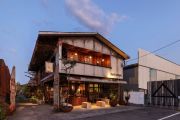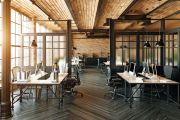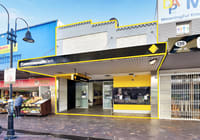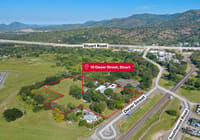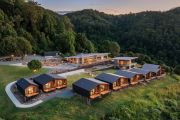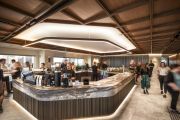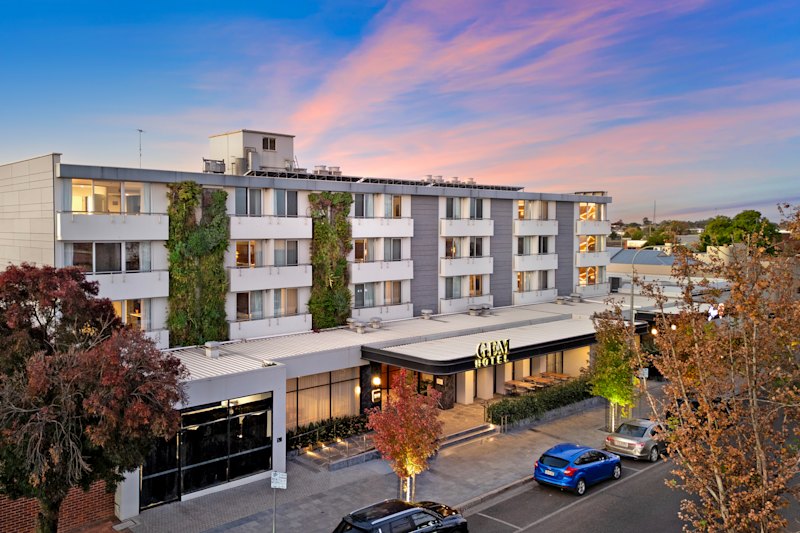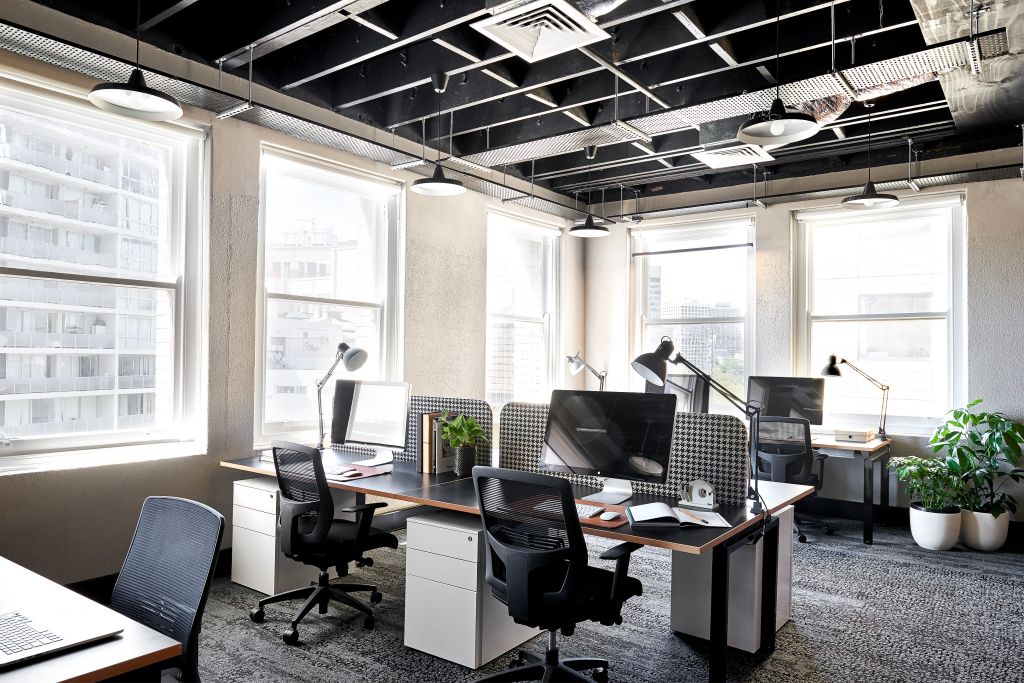
Flood of coworking spaces pushes desk rates down in all capital cities except Canberra
Coworking is becoming a “tenants’ market” as an avalanche of supply hits the major cities, new research shows.
The average monthly cost of hiring a desk in a coworking space fell in all major cities except Canberra – where it climbed by 40 per cent to $858 – in the 2017-18 financial year, flexible workspace agency Office Hub’s latest coworking market report indicates.
Prices in Sydney fell by more than 5 per cent to $677, while in Melbourne rates tumbled by 10 per cent to $558.
Coworking listings on Office Hub surged by 25 per cent Australia-wide in the past financial year, from 3908 to 4885 suites or desks – thanks to new providers and more private businesses renting out spare desks.
While 3 per cent more Australian businesses have moved to flexible office space in the same period, there has been a 19 per cent jump in coworking providers operating in the market.
Office Hub’s chief executive and founder Grant Philipp said operators were facing more competition as tenants had better choice with the increased number of desks and workspaces.
“Now in coworking it’s a tenants’ market because workspace owners need to beat others’ pricing and quality of offering and tenants can and will go elsewhere if their needs aren’t met,” he told Commercial Real Estate.
And while Sydney and Melbourne have been leading the Australian coworking market, competition has been ramping up in the past two years which has pushed operators to cut prices or offer incentives to close leases.
“There’s big scope for providers in these hot demand markets and the last year saw eye-catching developments like global players showing up from Asia and America, big mergers between international providers and more boutique local operators joining the movement,” Mr Philipp said.
Coworking operators have hesitated entering the Canberra market because of the nature of the capital’s office occupants, being mostly government-related, which require complete privacy and confidentiality – resulting in a supply shortage.
“They (government and public sector organisations) also have the resources to secure a commercial space and the stability to commit to a five or 10-year lease – coworking in theory is not as financially or flexibly advantageous to them as it is to other businesses and industries,” Mr Philipp said.
“There is very limited supply so with a reasonable level of demand, prices are continuing to rise the same way they did in Sydney and Melbourne when they had hardly any workspaces.”
But this is expected to change as Canberra’s rising rates could attract more coworking businesses to add to the city’s pipeline and bring prices down, which Mr Philipp predicts will take up to three years.
Australia and beyond
While the coworking market in Australia has grown rapidly in the past two years, and is predicted by Mr Philipp to double in the next three years, it had come off a low base and global players have pushed local operators to step their game up.
“Coworking spaces in Australia have traditionally been built as open-plan work spaces with low-quality, second-hand furniture. With international providers like Spaces and WeWork coming into the market, everyone is now playing catch up with refitting their space to be accepted as a global standard, modern-day coworking space.”
But even then, spaces still needed to be more tenant-focused to drive loyalty and a sense of community, Mr Philipp said.
“The issue is that many of the new breed of Australian coworking providers are focusing too hard on maximising rentable space rather than providing unique offerings for their members like sleep pods, event space and in-house baristas.”
He predicts that more global players – including Hong Kong’s Garage Society, Campfire, The Hive and Singapore’s Just Group – will continue to enter and influence the Australian market.
“Expect to see entire floors dedicated to specific industries as the norm, a lot more dedicated spaces on offer like audio rooms and photography studios, and even coliving will be on offer as a one-stop solution for the startups of today,” Mr Philipp said.
“Australia is ripe for the taking and the coworking world is coming to deliver what the market has demanded. Coworking in Australia is about to be overhauled and those that embrace it will ride the wave of success whilst the dormant operators will be washed away.”
Coworking newcomer +U, on Sydney’s George Street, has jumped on the emerging trend, dividing its space by work field; each of the seven levels are devoted to specific industries, including beauty and wellness, marketing and creative, professional services and startups.
Director Alex Thorpe, who is also behind the Veriu Hotels and UKO Co-Living, splashed $4 million refurbishing the 19th century heritage building.



